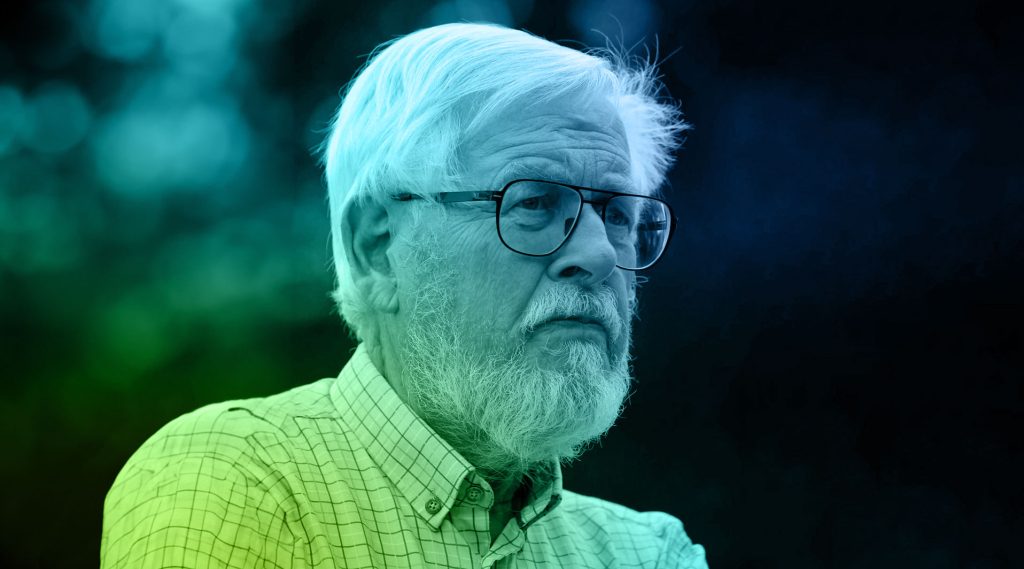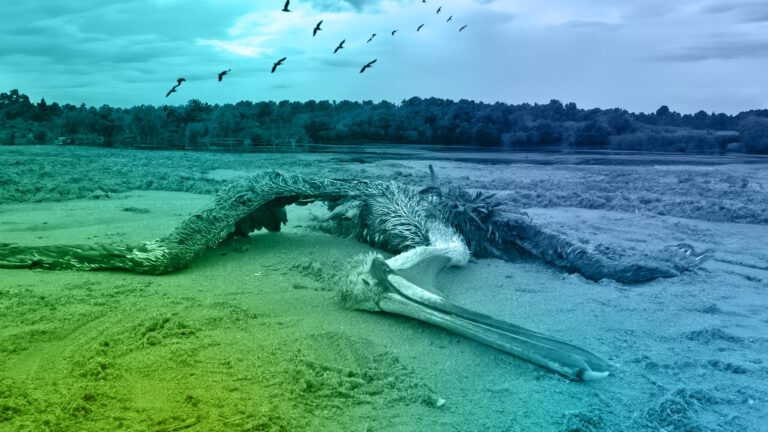Barely a month after his 75th birthday, Dutch aviation ornithologist of world standing, Luit (pronounced Lute) Buurma died as a result of a massive heart attack.
Ornithologist colleague and friend, Arie Dekker, who was head of the Royal Netherlands Air Force’s Nature Bureau until his retirement in 2013, paid tribute to Luit’s lifelong work on understanding bird behaviour, migratory patterns and in developing a successful technique for microscopic ID of feather remains after bird strike.
Dekker writes:
During 1974-1975 Luit was conscripted in the Royal Netherlands Air Force (RNLAF) as an ornithologist, tasked with working out a strategy to reduce the ever-increasing bird strikes. After his military service in 1975, he was appointed as a civil servant to set up and educate a team of bird controllers. By accident, he came across radar screen footage used to evaluate pilot training. The film showed a lot of unidentified small echoes. Having seen radar images of bird migration at a guest lecture given by David Lack, Luit knew they were birds. This film sparked Luit’s imagination and curiosity and was the start of his career as a radar ornithologist. The RNLAF enabled him to do many projects in cooperation with the Dutch research institute TNO, resulting in better understanding of the radar images, and ultimately, in the development of a system of bird migration warnings for pilots based on radar information. Eventually this led to the formation of the start-up company ROBIN Radar in 2010, now one of the top three innovative companies in the Netherlands.
But Luit was so much more than a radar ornithologist. Above all, he considered himself to be a scientist and field ornithologist. He was the driving force behind Tim Brom of the University of Amsterdam’s development of a key for the microscopic identification of feather remains after a bird strike. This technique was used for over 25 years around the world, until DNA analysis became available at ever more competitive prices. He also saw the potential of modelling techniques, and in cooperation with Prof. Willem Bouten and Dr. Judy Shamoun of the University of Amsterdam, used many years of bird counts of airbases in the BAMBAS project to better understand the dynamics of bird presence on those bases. In the large FlySafe project, initiated by the European Space Agency and working with many more parties, RNLAF radar data from several years was used together with weather data from the Royal Netherland Meteorological Institute to develop a bird migration warning model. This system has been operational for over 10 years now, providing information on bird migration three days in advance.
Cooperation with colleagues from other organisations and countries was very important for Luit. He used to say that he ‘owed so much to the Bird Strike Committee Europe’, which in 1996 adapted its name to the reality that more attendees were coming from non-European countries, becoming the International Bird Strike Committee (ISBC). Luit was the inspiring chairman of IBSC for some years and became a founding member of the World Bird Strike Association (WBA), when it was established in 2012. He considered the international conferences as town squares where information and ideas were shared. It was an unwritten rule in our office that you only could only go to a conference if you also presented some results. He emphasised that we all stand on the shoulders of our predecessors, in his case Hans Blokpoel, author of the standard work, ‘Bird Hazards to Aircraft’, and the Swiss radar ornithologist, Dr. Bruno Bruderer.
Above all, Luit was a nature conservationist. He was one of the founders of the Foundation for Ornithological Field Research in the Netherlands or SOVON, the Dutch organisation of voluntary bird counters, which celebrated its jubilee anniversary in June 2023. He was also secretary of Bird Life Netherlands (Vogelbescherming Nederland) for 7 years.
After his retirement in 2013 he remained active and at the time of his sudden passing, was undertaking a PhD focusing on his fascination with the flight behaviour of swifts.
Luit has left his mark on many bird strike prevention programs all over the world. He will be greatly missed.




